It’s been over 2 decades since I began my bowhunting journey and I’ve certainly made my fair share of mistakes along the way. Looking back on my younger days it’s a wonder I ever killed anything at all. While the reckless abandon with which I pursued bowhunting is something that I often miss; I often wonder about the many “what if’s” encountered along my bumpy bowhunting road.
While I certainly don’t consider myself a top expert on bowhunting, as there are many out there more seasoned than myself, I do feel I can bring a certain amount of knowledge to the beginning bowhunters out there. If any of my advice helps even a few fledgling deer hunters avoid some of the pitfalls I encountered along the way I’d consider this a job well done.
Hunting The Wrong Wind
I’m fairly certain it wasn’t until about 12 years ago that I really began paying attention to wind direction when deciding where to hunt. Prior to that my choice of where to sit was seemingly dictated by how far of a walk it was from my car and how much time I had left after school before it got dark. My idea of scent control was tossing a few pine branches and leaves in a bag with my hunting clothes and maybe attaching one of those funny H.S. scent wafers to my hat. Needless to say, more than a few hunts were ruined by deer getting downwind of my position before they were close enough to shoot.
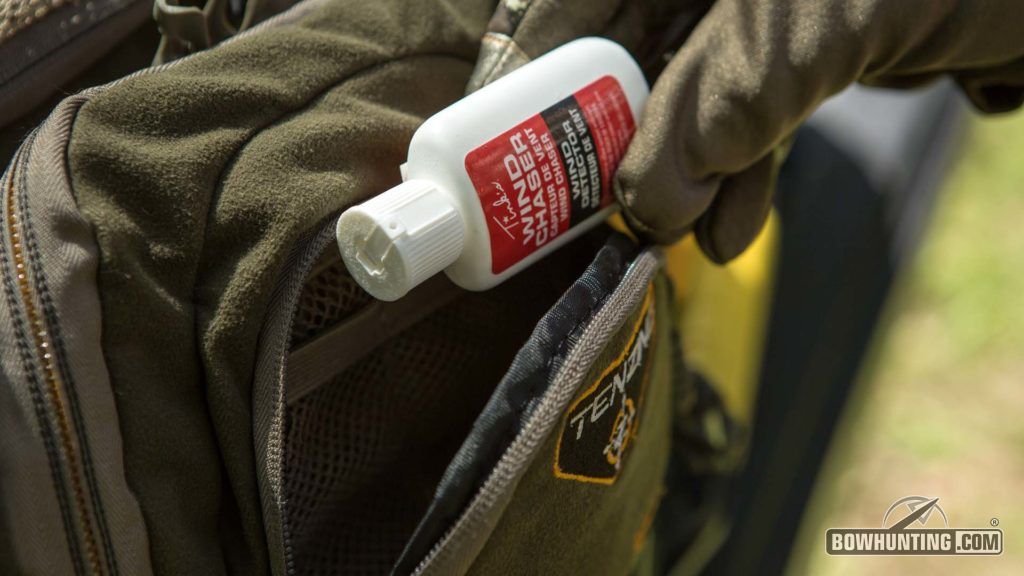
Weather apps and websites are extremely helpful, but there’s no substitute for checking the wind at your location prior to heading to the stand. I always carry a bottle of wind checker with me at all times.
What I didn’t understand as a youngster was the concept that I was hunting deer in between where they were coming from and where they were going to. In order to do this properly I had to have an idea what direction the deer were going to be traveling and then position myself in a spot where the deer would not smell be before I could get a shot off. This meant that I couldn’t simply sit in the same stand or the same spot on the ground day in and day out and expect to have positive results. I had to begin planning my ambush locations around the prevailing winds of that day. When this point finally clicked the number of tags I began to fill went up dramatically.
Calling Too Much
If I could go back in time to the first decade I took to the woods with bow and arrow I would steal my grunt tube and hide it from myself until I learned how to use it properly. As a product of watching countless hunting videos in my youth I simply assumed that after giving a few toots on the grunt tube a buck was bound to come sauntering in looking for a fight. Of course the more you blow on that sucker the more likely a buck would be to show up, right? Judging by my lack of trophy photos during those years you can imagine how that turned out for me.
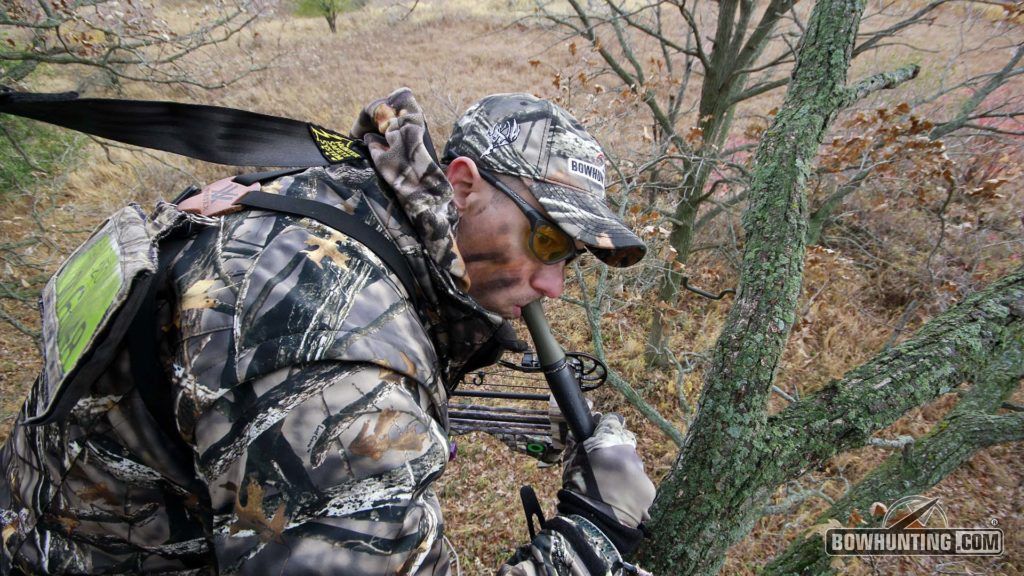
Using your grunt call too much is a great way to spoil an otherwise productive hunt.
While it may be tempting to blow the grunt call on a regular basis I now reserve mine for special circumstances only. I rarely blind call and typically only use the grunt or the rattling antlers if I see a deer that I know is not headed my direction, and is not downwind of me. There’s fewer ways to get busted by a mature deer than by drawing his attention with a call when he is already down wind. That game is over before it even begins.
In the event you grunt at a deer and he acknowledges you by stopping or looking in your direction, my best advice is to stop calling. Even if he isn’t coming in on a string that deer has heard you and knows where you’re at. If he’s interested he’ll come. If not, he’s most likely not coming in anyways so the incessant grunting, rattling and snort wheezing at him isn’t going to help your cause.
Not Paying Attention
Before smartphones and Facebook to keep me occupied on stand I would frequently pack a novel in my bag to help me pass the time on those cool October afternoons. While I did read some great John Grisham and Michael Crichton books in those years I can’t tell you the number of times I was lost in a story only to look up and see deer closing in on my position or worse yet; staring right at me. Trying to keep myself occupied on something other than hunting cost me more than a few good opportunities at some respectable bucks.
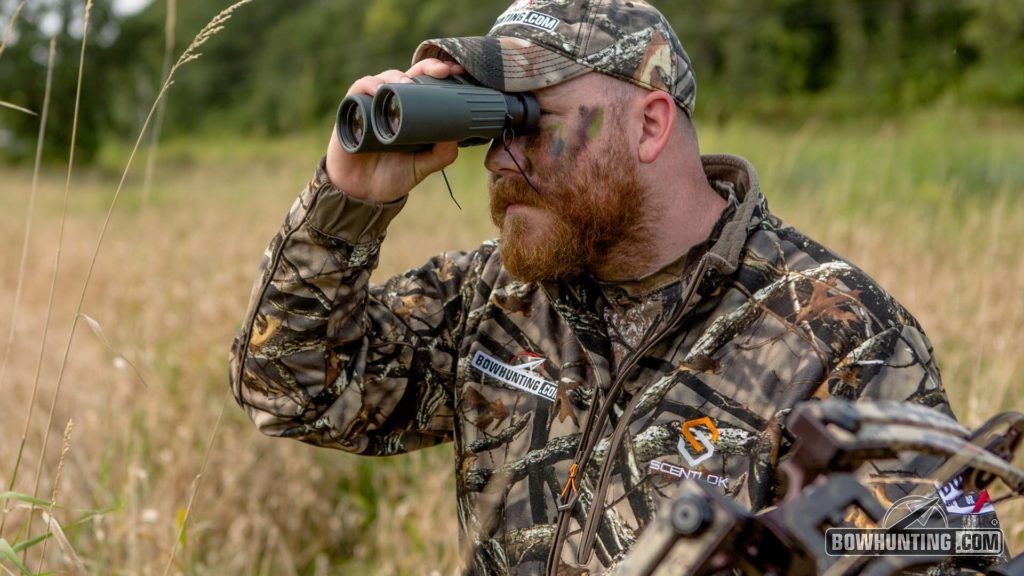
Instead of looking for distractions to divert your attention try to enjoy your time in the outdoors and stay alert. You never know what you’re going to see when you’re out there.
While it can be difficult to unplug from our now digital lives it is one of the most important things you need to do when hunting. Those of us who have been doing this for long enough can tell you that it only takes a few short seconds for a deer to appear from thin air and end up directly in one of your well placed shooting lanes. If you’re too busy looking at cat memes or liking your ex-girlfriend’s photos on Facebook you may just eat tag soup.
Poor Treestand Safety
While most of my follies and mishaps are fond to look back on the ones that make me simply shake my head are those involving treestand safety. The lack of knowledge and understanding how to be safe for the first half of my hunting career is nothing short of astounding. I distinctly remember climbing up my screw-in tree steps (that had been in the tree for years) into my $40 tree stand in the dark and dozing off in the pre-dawn hours while waiting for first light. No safety harness. No LifeLine. Nothing between me and a very painful fall to the bottom of the tree but the cold morning air. Wow.
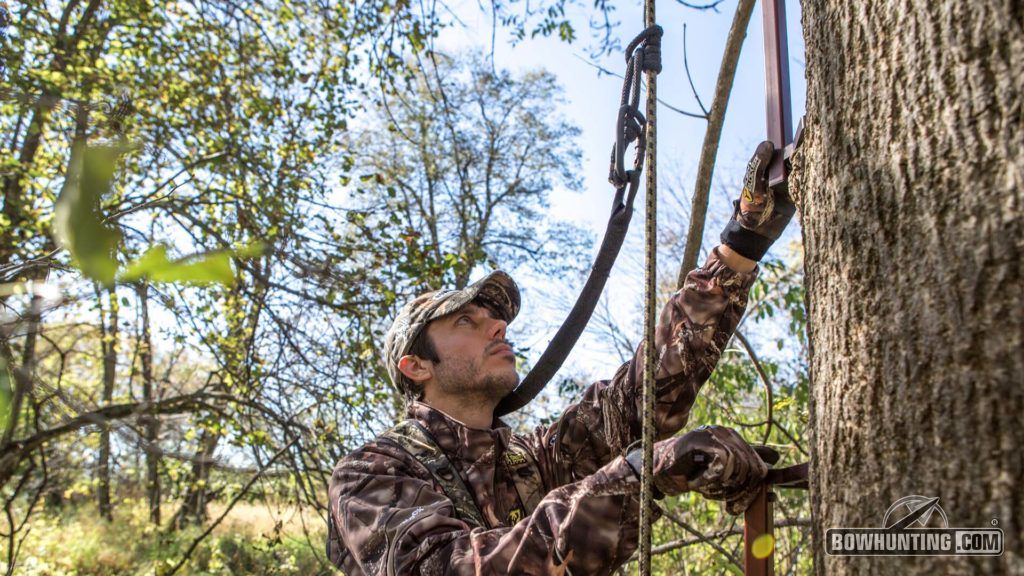
In today’s modern world there is zero excuse for any hunter to ever leave the ground without being safely secured.
With the abundance of treestand safety knowledge and gear available to today’s hunters there is no excuse to ever be hurt in a treestand accident ever again. If there’s one thing that you take away from this article, whether you’re a new hunter or a seasoned veteran, it’s that you should never climb a tree without the proper safety equipment. Wear a full body safety harness at all times, a lineman’s strap when hanging your stands, and a Lifeline once they are up. Doing this can help save your life and make sure you’re hunting for years to come.
Rushing The Shot
This mistake is one that I continue to struggle with today, despite my decades of experience and many animals taken with archery equipment. Many of us dedicate hours, days, weeks and more to the pursuit of our trophies and when the moment arrives to execute the shot we often forget some of the simplest things. All too often we reach our anchor point, focus on our sight pin, see brown fur behind it and the arrow is off before we know what’s happened. While some of those arrows find their intended mark, all too often many of them do not. If I could take back those shots or redirect those arrows where they needed to go I’d most likely need a bigger trophy room today.
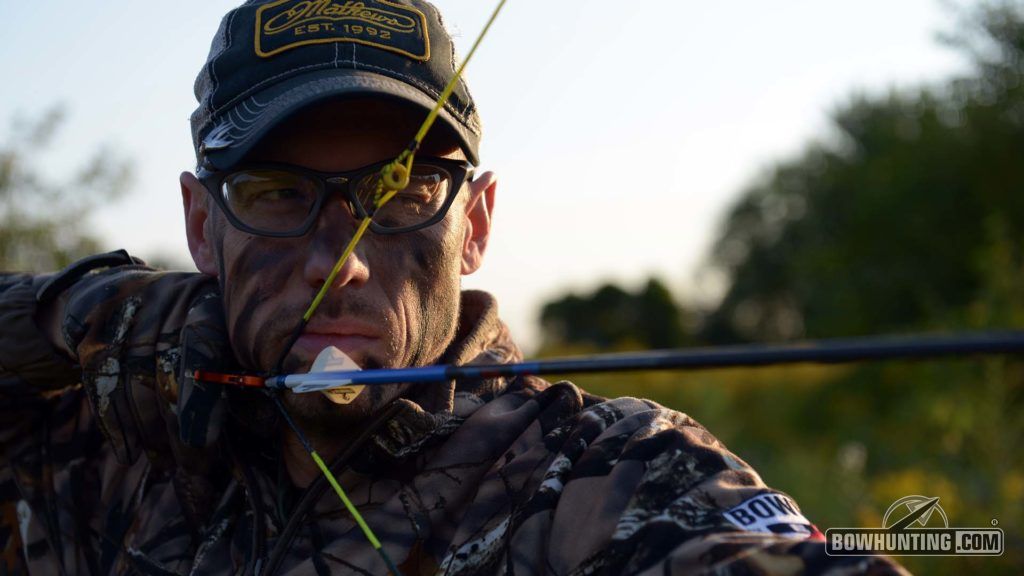
Slow down your shot process by running through a mental checklist in your head. Make sure your anchor points are correct, make sure your pin is on the target, take a breath and make your shot count.
What I’ve found that helps me the most is to constantly remind myself that my brain is working at warp speed and things aren’t happening as quickly as they seem. Although my heart is racing and the deer is coming there is plenty of time to stop him (or her), settle my pin on the vitals, take a deep breath and squeeze the shot off. Executing a good shot is more about defeating your own sense of urgency than anything else. So when the time comes be sure to settle your pin, take a breath, count to 3, and make the shot count. After all, it may be the only one you get.
Tracking Wounded Animals Too Quickly
In the early days of my bowhunting career there were two types of hits you made on deer – a gut shot and everything else. While the general rule on paunch hit deer was a 4-6 hour wait it seemed everything else was a 30 minute wait and then go after them. If you jumped a wounded deer you either kept after them right away, or waited another 30 minutes before taking up the trail again. Unfortunately that overzealousness lead to more than a few blood trails coming up empty-handed.
In spite of today’s wealth of information about what to do after every type of shot imaginable it never fails that you hear tales of hunters taking up the trail of a wounded animal too soon. Here are some general rules I try to abide by.
- If the animal falls in sight of your stand, give it 15-30 minutes before getting down. If nothing else I like to enjoy the feeling that comes from making a great shot and soak in the moment. They don’t come often enough so make sure you enjoy them when they do.
- If the animal does not fall in sight, minimum of a 1 hour wait. This includes shots that you know are good – either double lung or heart.
- If you are uncertain of the shot at all, minimum of a 4 hour wait. “Thinking” you made a good hit is not good enough. Always err on the side of caution! 4 hours at least, if not more. If it’s an evening hunt and temps are going to be cool, it’s always best to wait overnight. All too often I hear stories of guys who think they “smoked” a deer and went looking 30 minutes later only to kick up an animal they believe was double lunged.
- Gut, paunch or other questionable shots minimum 8 hour wait, 12 if possible.
When it comes to retrieving your animal after the shot the key is patience. Rushing into a recovery has never benefited anyone, ever. Take your time, practice some restraint, and you’ll have a much higher chance of recovering the animal.
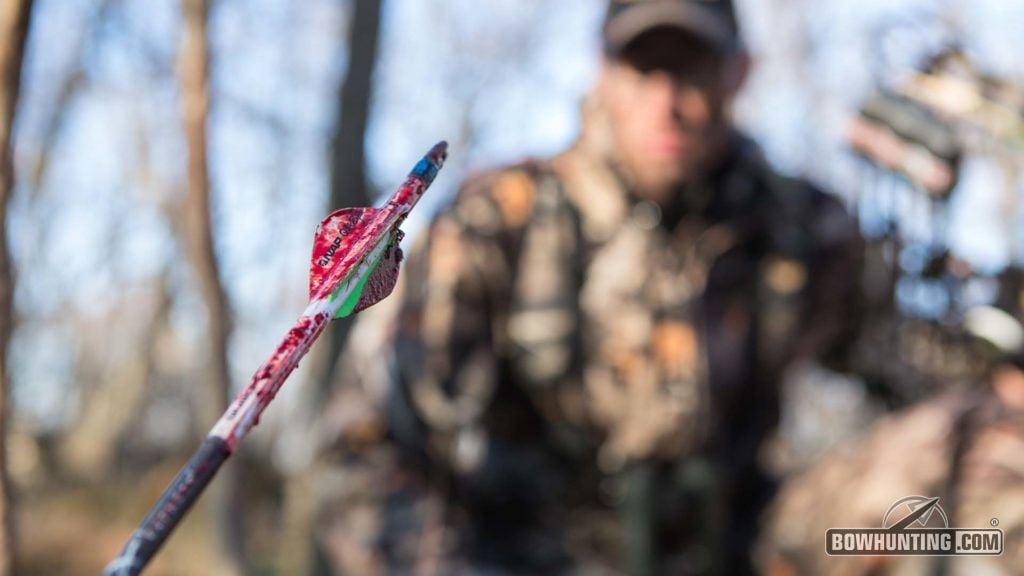
What may look like a great shot to your excited eyes often leads to a speedy attempt at recovery which may do more harm than good. Be sure to analyze what you saw along with with what the sign is telling you and when in doubt always give it some extra time before taking up the trail.
While there are hundreds of additional mistakes that I’ve made over the years I feel these 6 are the most obvious and the ones that have prevented me from filling the most tags. Overcoming these obstacles has allowed me to harvest a number of good animals over the years. Just remember that killing an animal with archery equipment is never an easy task and always requires your best effort whether it’s your first animal or one hundredth.
If you have any comments, suggestions or tales of your own mistakes please share them below!

 By
By 



